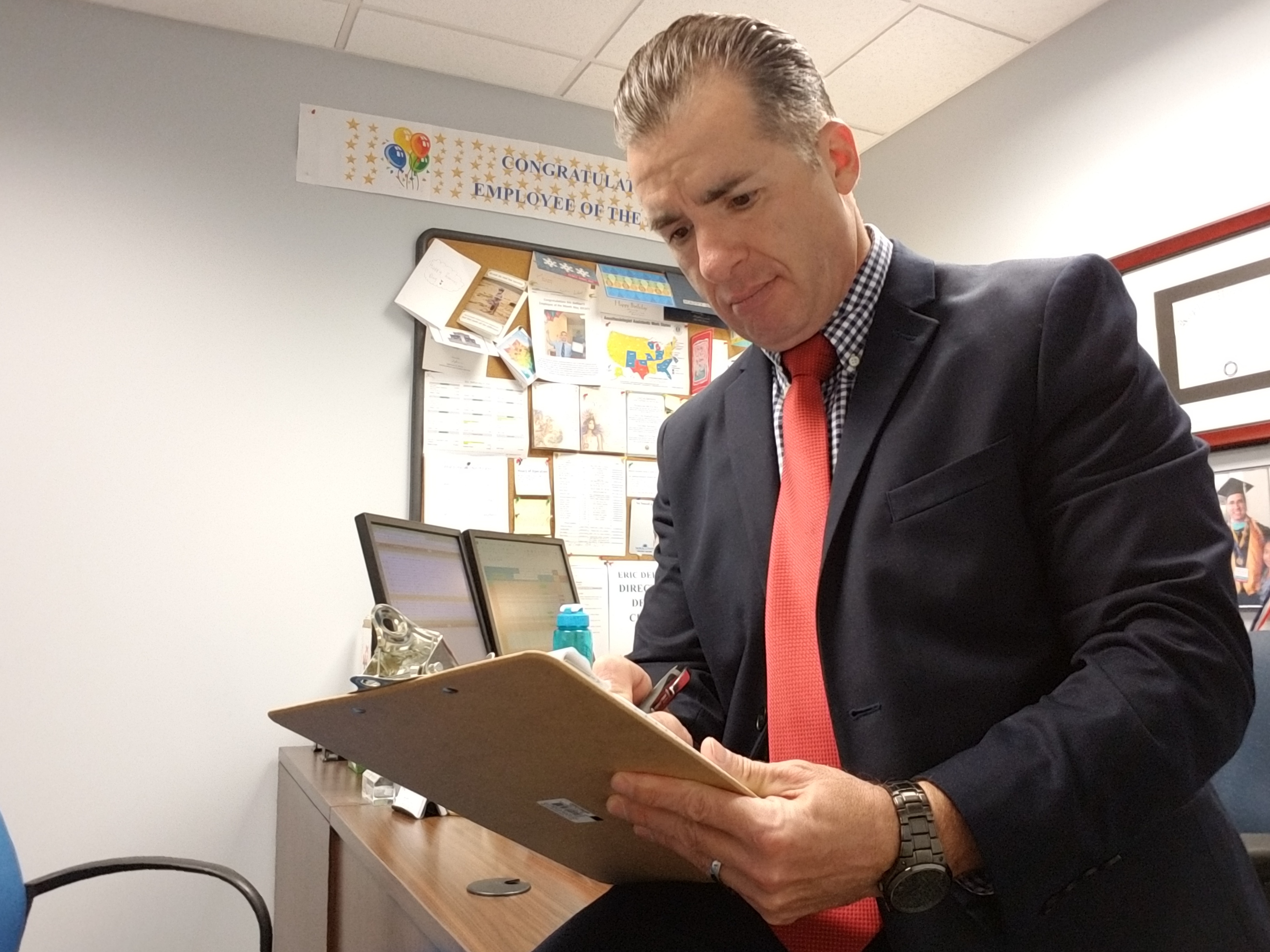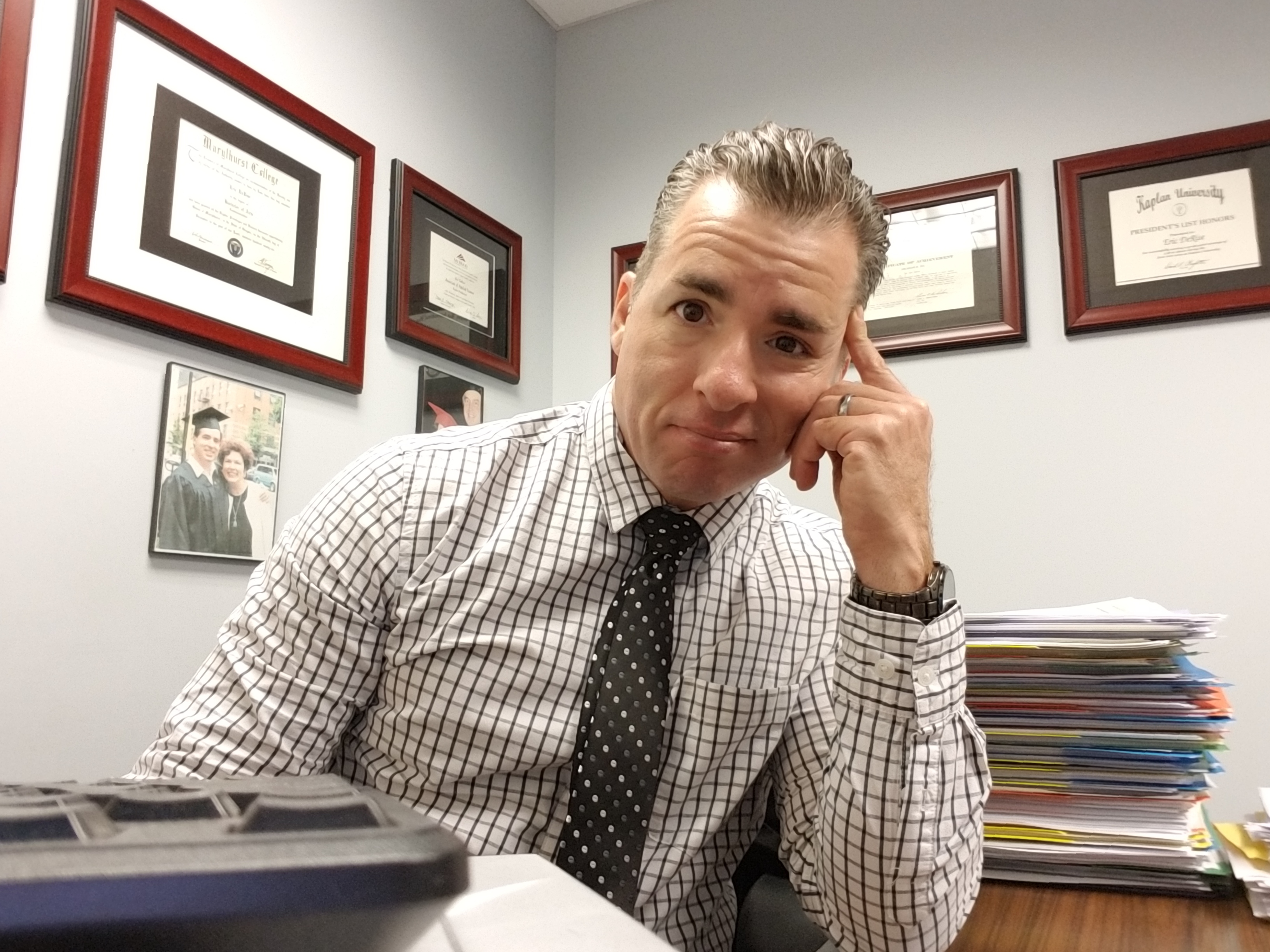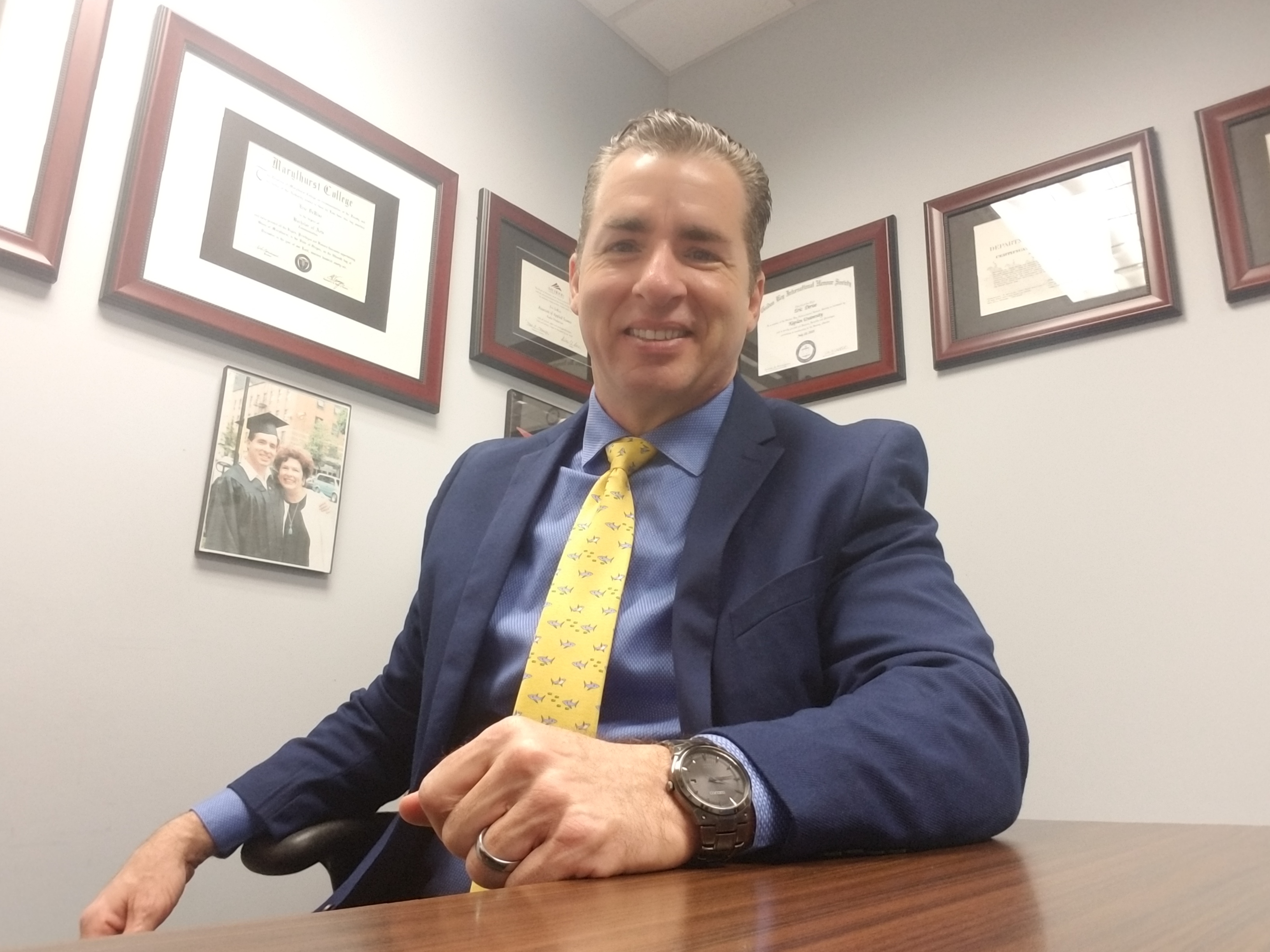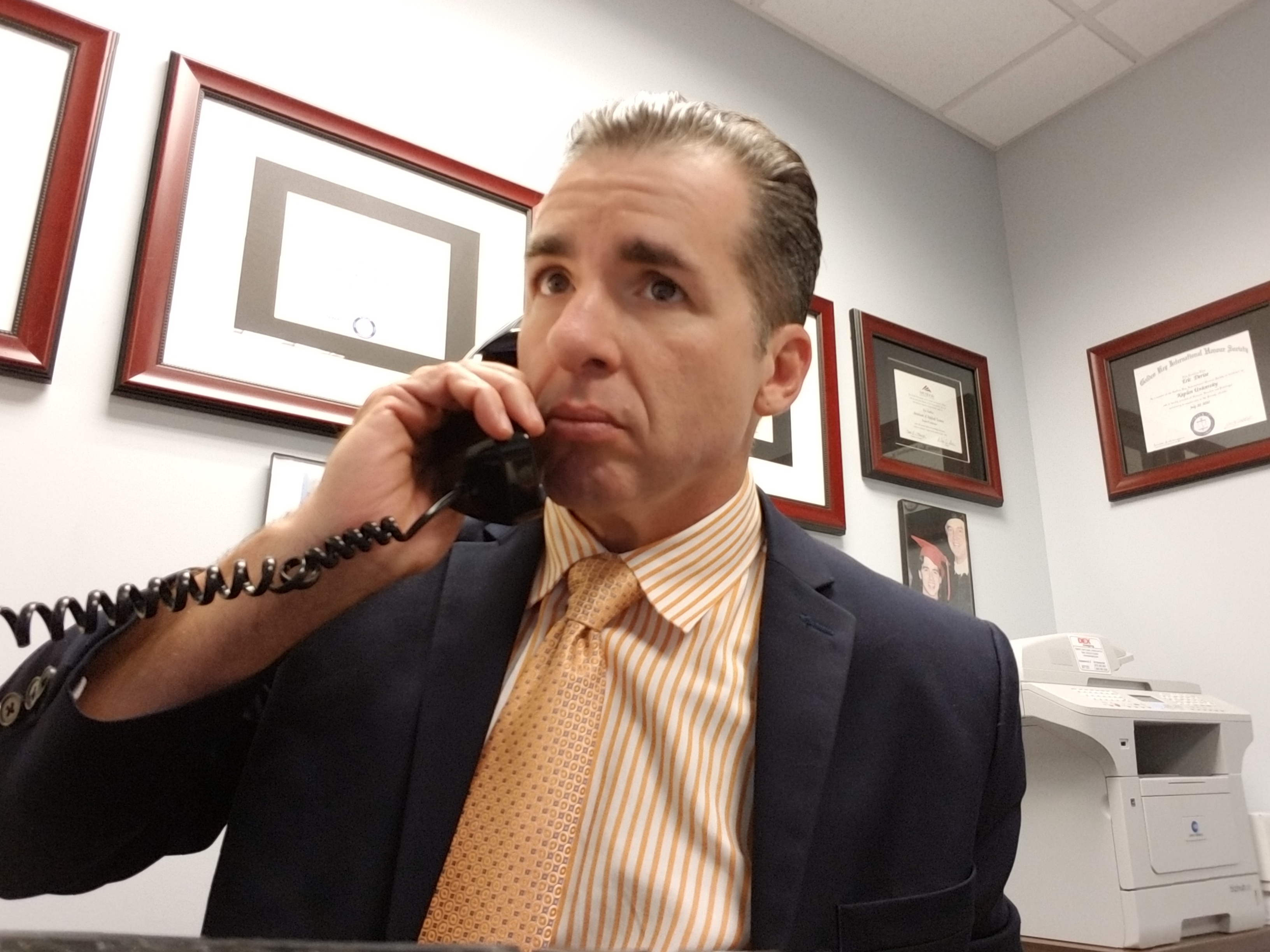#DRDERISE
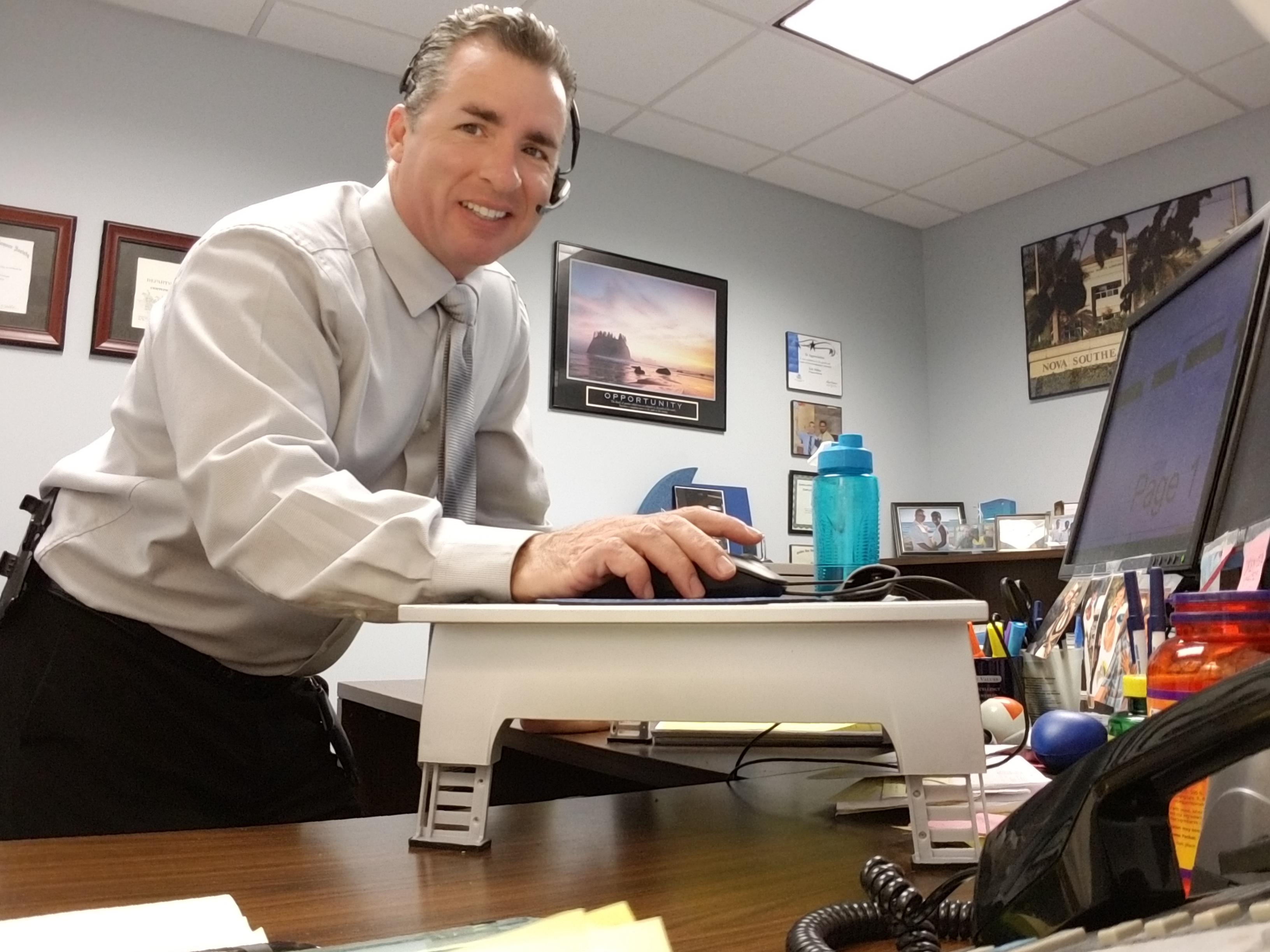
Where do you stand on these ITDE topics?
Instructional Technology and Distance Education are becoming more commonplace in higher education; thereby more acceptable as a valid form of higher education. But what are the implications of these changes? How will they influence higher education, its students, and its staff? Is this change just a simple transfer to another medium, or does it involve much more effort than that? The following are some questions to consider.
- How is ITDE impacting/influencing decisions made by Provosts, College Deans, and Department Chairs?
Admissions, accreditation, curriculum, equipment, and hiring are the impact areas that come to my mind. Admissions in that online degree programs can offer education access to a much wider variety of students in larger numbers; accreditation in that online programs require a different set of rules in order to qualify for accreditation; curriculum in that the curriculum has to be redesigned to work in an online environment; equipment in that a whole system of servers have to be built and maintained on which to place the online classes; and hiring in that a whole new team of online support staff have to be hired for online programs (including professors) (Hayward & Williams, 2015)(Moore, 1993).
- What are the ITDE challenges, barriers, and threats to ITDE integration in Higher Education (HE)?
One challenge is student acceptance in that not all students are comfortable with the idea of online classes or with the idea of studying certain subjects online. Instructor training is a barrier in that they will have to learn how to teach online. Retention is a threat in that attrition is a big problem in online classes (especially with adult learners) (Schwier, & Seaton, 2013)( Sutton, 2014)(Ustati & Hassan, 2013).
- What are the ITDE strengths and opportunities to promote ITDE integration in HE?
More students are signing up for online programs because of an increase in exposure to online platforms outside of education. Also, due to the commonality of online programs students are becoming conditioned to the idea of it as being normal (Berman, & Hassell, 2014). Online provides more traceable interactions which help to make the legal team more comfortable due to the fact that all interactions are documentable. Statisticians should be happy too because of how more data can be evaluated for improvements in the class designs. Access to a wider variety of students means more stability in enrollments (similar to the idea of diversifying your investments in case of any negative trends in one stock or another). If all students are of one demographic, and they get lured over to the competition then our programs die. But if we have students from a wider variety of demographics then trends are likely to have less of an impact on enrollments.
- WHAT WILL IT TAKE TO CREATE CHANGE in HE as it relates to ITDE?
The change is here and now. ITDE is far more prevalent than it was even five years ago. But to create further change we have to look more at the gradual phasing out of “baby boomer” students to more students who have grown up with computers. This impacts the methods used as well as the designs of online classes. This means that class designs can be even less in alignment with campus-based designs, and more in alignment with what research shows is more effective teaching online such as gamification, gameshow quizzes, digital media, and the community of inquiry (Garrison, Anderson, & Archer, 2000).
References:
Berman, R., & Hassell, D. (2014). Digital native and digital immigrant use of scholarly network for doctoral learners. Journal of Educators Online, 11(1), 26.
Hayward, M. S. & Williams, M. R. (2015). Adult learner graduation rates at four U.S. community colleges by prior learning assessment status and method. Community College Journal of Research and Practice.
Moore, M. G. (1993). Is teaching like flying? A total systems view of distance education. The American Journal of Distance Education, 7(1), 1–10.
Schwier, R. A. & Seaton, X. J. (2013). A comparison of participation patterns in selected formal, non-formal, and informal online learning environments. Canadian Journal of Learning and Technology, 39(1), 15.
Sutton, R. (2014). Unlearning the past: New foundations for online student retention. Journal of Educators Online, 11(3), 30.
Ustati, R. & Hassan, S. S. S. (2013). Distance learning students’ need: Evaluating interactions from moore’s theory of transactional distance. Turkish Online Journal of Distance Education, 14(2), 292-304.
Eric’s Website is Eric DeRise, Ed.D.(c) EDU
![]() View Eric DeRise, Ed.D.(c) EDU’s profile
View Eric DeRise, Ed.D.(c) EDU’s profile
Eric DeRise, Ed.D.(c) is a Higher Education Expert in Tampa, FL. He’s also a Professor of video production and digital graphic arts. He’s an Ed.D. candidate at Nova Southeastern University, and earned his master’s degree in Higher Education with a focus in on-line college teaching from Purdue Global University. Eric says “I help people improve their lives and secure their financial future through higher education. I am also a teacher / trainer of digital media arts, television / video production, and journalism.” #DRDERISE
Eric DeRise EDU© 2013
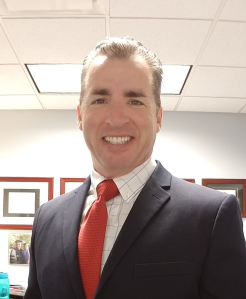


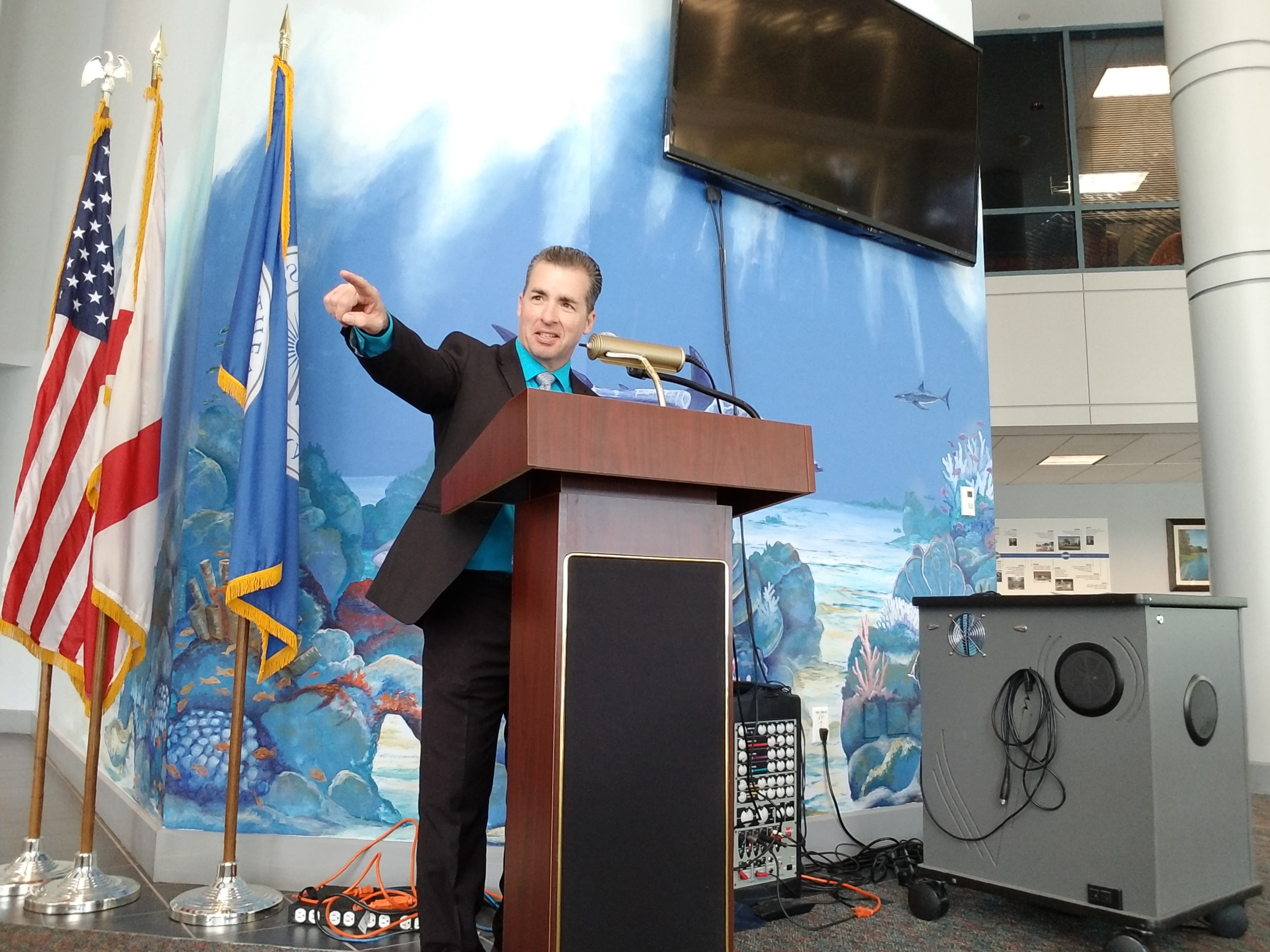 There is a lot of confusion about what qualifies a person to be a good teacher due to what qualifies a person to be hired to teach. Most colleges require professors to have at least 18 graduate credit hours in the subject being taught as well as a masters degree from a regionally accredited university. And most school districts require teachers to have at least a bachelors degree from a regionally accredited university in the subject being taught or thirty undergraduate credit hours in the subject being taught along with a bachelors degree in anything. So, the questions have to be asked, “Is expertise in a subject enough to make one a good teacher?” And “When do these teachers learn how to actually teach?” I believe that there is a lot more to teaching than just expertise in a subject. If you listen to experts of teaching such as Carnegie professor Dr. Lee Shulman then you know that there are at least seven vital aspects of teaching that have nothing to do with the subject being taught. Dr. Shulman gave a famous speech on the advancement of teaching and discussed how his theories can improve teaching in the future.
There is a lot of confusion about what qualifies a person to be a good teacher due to what qualifies a person to be hired to teach. Most colleges require professors to have at least 18 graduate credit hours in the subject being taught as well as a masters degree from a regionally accredited university. And most school districts require teachers to have at least a bachelors degree from a regionally accredited university in the subject being taught or thirty undergraduate credit hours in the subject being taught along with a bachelors degree in anything. So, the questions have to be asked, “Is expertise in a subject enough to make one a good teacher?” And “When do these teachers learn how to actually teach?” I believe that there is a lot more to teaching than just expertise in a subject. If you listen to experts of teaching such as Carnegie professor Dr. Lee Shulman then you know that there are at least seven vital aspects of teaching that have nothing to do with the subject being taught. Dr. Shulman gave a famous speech on the advancement of teaching and discussed how his theories can improve teaching in the future.